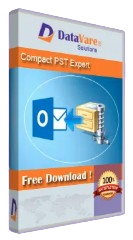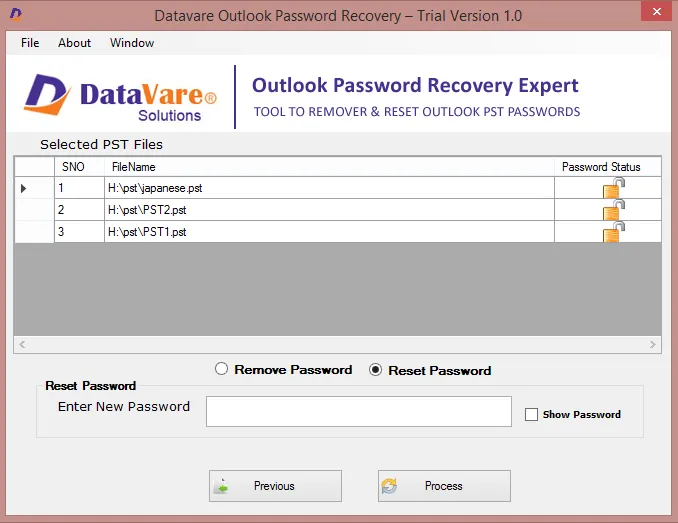Step-by-Step Process to Download Microsoft 365 Mailbox in PST Format
3
0
·
2025/07/12
·
8 mins read
☕
WriterShelf™ is a unique multiple pen name blogging and forum platform. Protect relationships and your privacy. Take your writing in new directions. ** Join WriterShelf**
WriterShelf™ is an open writing platform. The views, information and opinions in this article are those of the author.
Article info
Tags:
Total: 1829 words
Like
or Dislike
More from this author
More to explore












Have you ever thought about how to keep your important Office 365 emails, contacts, and calendar events safe? Or maybe you need to move your data since you're switching to a new email client. You're in the correct place! Today, we're going to learn about PST files and how to save your Office 365 inbox in this format.
INSTALL NOW
But first, let's get a few things straight. A PST file, which stands for Personal Storage Table, is a place to keep your Outlook data. It holds everything from emails and contacts to calendar events and tasks, much like a digital suitcase.
So, why would you want to send your Office 365 data to a PST? There are a few reasons why:
Let's get going!
How to Move Your Office 365 Mailbox to PST
There are two main ways to save your Office 365 inbox to a PST file:
Method 1: Try the Outlook
If you already use Outlook, this is probably the easiest way to do it. Follow these steps to do it:
Note: The export procedure may take a while, depending on how big your mailbox is.
Method 2: Using eDiscovery Search—What You Need to Know
The following browser and technical requirements are needed to make sure that exporting Office 365 mailboxes to PST using eDiscovery goes smoothly:
1. What do you need in a browser?
2. Network Needs
3. What the machine needs
4. Requirements for the eDiscovery Export Tool
5. Works with Email Clients
Using eDiscovery Search to Export Office 365 Emails to PST
If you want to export an Office 365 mailbox to a PST file using eDiscovery on the Microsoft Purview Compliance interface, do these things:
Step 1: Open the Microsoft Purview Compliance Portal.
Step 2: Make a Content Search
Step 3: Start the search.
Step 4: Get the Export Ready
Step 5: Get the Export
Step 6: Keep the PST file safe.
Once you've done all of these things, you'll have a PST file of the Office 365 mailbox that you can use.
More things to think about
The procedures listed above are simple, but there are a few factors to bear in mind:
Method 3: The best way to export Office 365 to PST files without eDiscovery
The DataVare Office 365 Export Tool is the best solution if you want to export Office 365 mailboxes to PST without using eDiscovery or Outlook. It's easier and more direct. This third-party solution makes the whole export process easier and better than the built-in Office 365 eDiscovery approach and the old way of exporting Outlook.
Key Features
Steps to Backup Office 365 Mailbox
After the process is complete, the file will be saved to the exported location.
In general, DataVare Office 365 Backup Tool is a far better option than the built-in eDiscovery and Outlook export options. It is faster, easier to use, and more flexible. It's great for companies that want to save time, make things easier, and have more control over mailbox exports.
Questions and Answers
1. Is it possible to export more than one mailbox at a time?
You can't export more than one mailbox at a time with the built-in methods, but certain third-party programs let you do it all at once.
2. What is the largest size a PST file can be?
Depending on the version of Outlook you have, the size of a PST file can be variable. To avoid problems with performance, it is generally best to keep PST files under 2GB.
3. Is it possible to bring a PST file back into Office 365?
To get a PST file back into Office 365, you can use Outlook's Import/Export capability.
4. What should I do if I get issues while exporting?
If you get issues, try exporting again or using another method. You can also look in the Office 365 admin center to see if there are any known problems or outages.
5. Can you export deleted data from Office 365 to a PST file?
Yes, you can export items that you have deleted from Office 365 to PST. But before exporting, you might have to get them back from the Deleted Items or Recoverable Items folders.